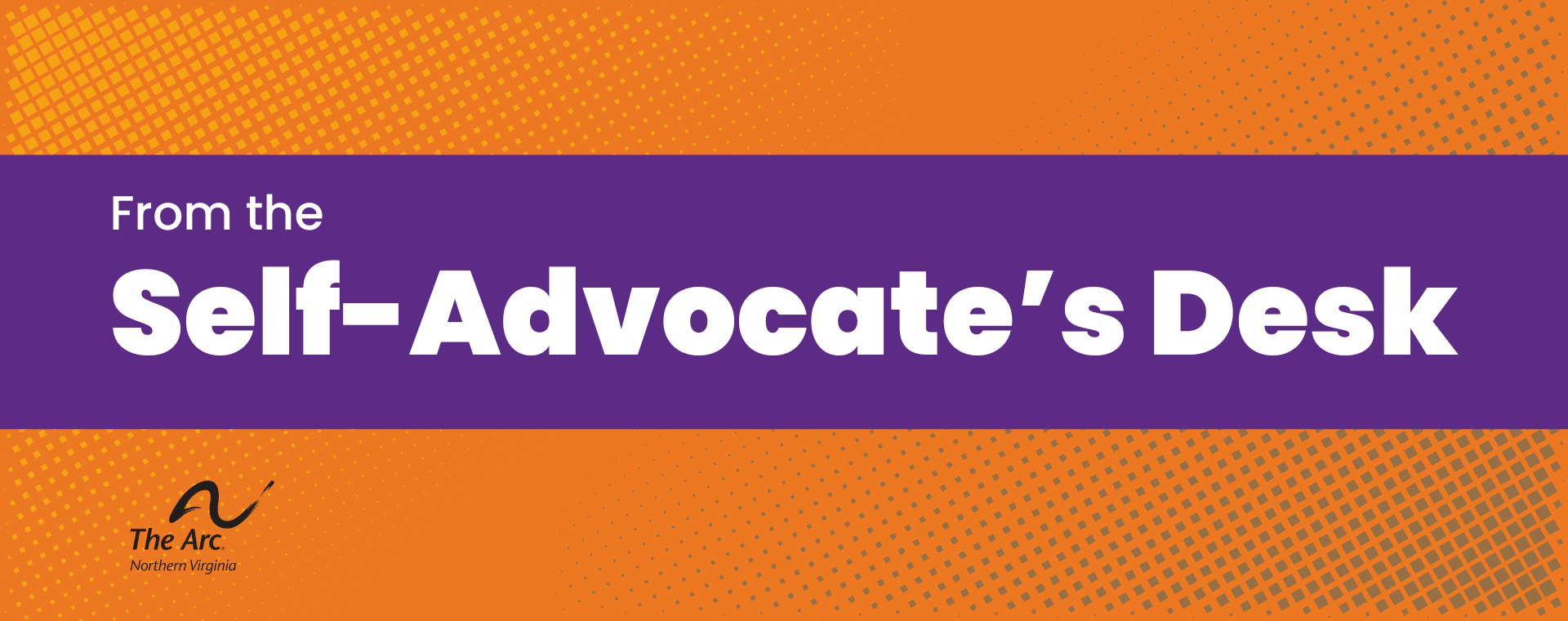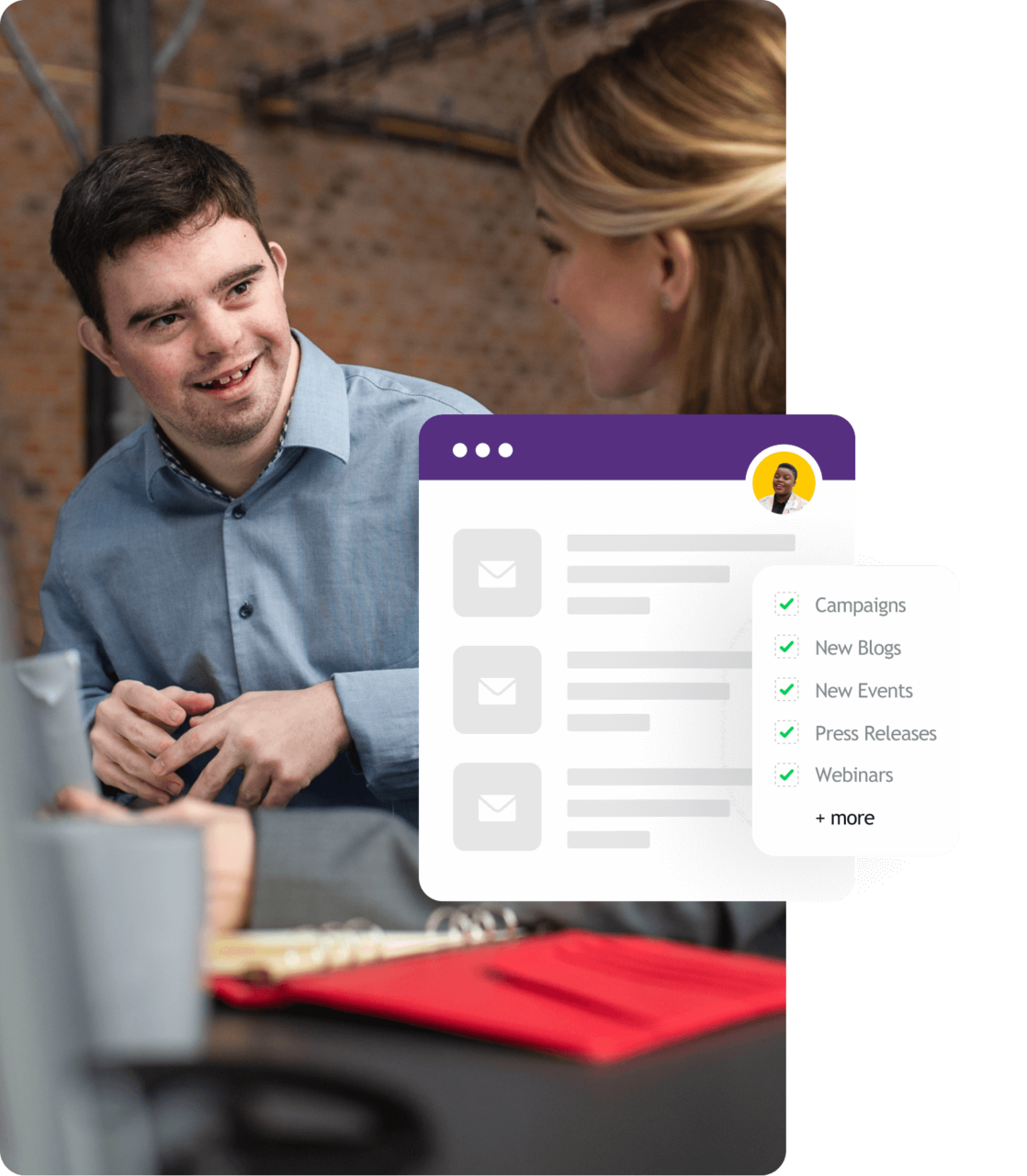Behind Closed Doors: When Education Becomes Containment
When I watched Last Chance High, the VICE documentary series following students at Moses Montefiore Academy in Chicago, I didn’t feel like an outsider looking in. I felt like I was watching younger versions of myself. These students weren’t being supported so much as they were being managed; sent away because their behaviors didn’t conform to what school systems expect.
While I was never enrolled in a therapeutic day program like Montefiore, I was placed in a classroom designed for students with behavioral challenges. It wasn’t quite special education and not quite general education—it was somewhere in the margins. A place that tried to serve us, but often ended up separating us.
The message was subtle, but constant: you’re not like the other kids. You don’t belong in the “mainstream.” This kind of unspoken exclusion can leave deep marks—especially when you’re young and still forming an understanding of your identity and worth.
Between Support and Stigma: The Double Bind of Specialized Placements
Classrooms like mine often offer some of the things general education settings lack: smaller group sizes, staff who are more patient, and a focus on behavioral support. On paper, it looks like a good thing. In some ways, it was.
But there’s a difficult trade-off: when you’re placed in a separate setting, it’s hard not to internalize the belief that you’re inherently different—or worse, deficient. We were supported, but we were also isolated. I received help, but rarely was I empowered. I had plans and goals, but they were shaped by assumptions about what I couldn’t do.
There was no clear roadmap back to a general education classroom. No one said it out loud, but the expectation was clear: we were not going back. This wasn’t a launchpad—it was a holding pattern. And in that pattern, students begin to wonder if their presence anywhere else is even possible.
Labeling, Exclusion, and the Long Shadow of “Behavior”
One of the most damaging aspects of how schools handle behavioral challenges is the speed with which support becomes separation. Once a student is labeled as a “behavioral problem,” it becomes incredibly difficult to shift that perception. The label follows you, from classroom to principal’s office, from IEP meetings to disciplinary hearings.
It narrows your world. Suddenly, the conversation shifts from “What do you need to thrive?” to “How do we keep you from disrupting others?” This subtle shift changes everything, from how adults speak to you to how opportunities are presented (or withheld), to how you see your potential.
Even students with exceptional creativity, leadership, or insight can be cast aside if their pain or trauma shows up as defiance. But behavior is communication. It always has been. And when schools fail to listen, they miss the full humanity of their students.
The Data Tells the Story—But So Do We
Students with emotional and behavioral disabilities (EBD) are among the most vulnerable in our education system. National data shows:
- They have among the lowest graduation rates of any student group.
- They are far more likely to be suspended, expelled, or arrested at school.
- Many eventually enter the juvenile or adult justice systems, which advocates call the school-to-prison pipeline.
These statistics are not inevitable. They’re the result of a system that reacts rather than responds, a system that is built around managing risk, not nurturing growth.
And behind every data point is a story like mine. Or like the students in Last Chance High. These stories matter; not because they’re rare, but because they’re too common and too often ignored.
Rethinking Inclusion: A Blueprint for Educational Justice
We must reimagine what support looks like for students with behavioral differences. Real inclusion is not just about placing students in general education settings—it’s about making those environments genuinely accessible and affirming. That requires:
- Intentional classroom design that honors multiple ways of learning and communicating.
- IEP processes that center student voice, not just compliance or convenience.
- Restorative approaches that seek to heal rather than punish.
- Trauma-informed training for all staff, not just specialists.
- Policy reforms that prioritize equity, especially for students with intersecting marginalized identities.
And perhaps most importantly, it requires listening to students themselves. Too many decisions are made about us without being made with us.
We Are Not Problems to Be Fixed—We Are People Who Belong
Last Chance High isn’t just a documentary, it’s a mirror. It reflects a painful truth about education today: that schools often don’t know what to do with students who don’t fit neatly into their molds. But we are not lost causes. We are not problems to be solved.
We are thinkers, creators, and leaders in the making.
It’s time to build schools that see that—and act on it. Because no student should feel like their only real shot at belonging is their last chance.
Thank you for taking the time to engage with this reflection. By listening to stories like mine, you help create space for deeper understanding—and lay the groundwork for real change. I invite you to carry this awareness forward and to be part of building a more inclusive, compassionate, and just education system for all.
Ian Allan
Self-Advocate for The Arc of Northern Virginia
Ian Allan is a self-advocate with a deep commitment to policy literacy, systems change, and disability justice. Through The Arc of Northern Virginia, he works to ensure that people with intellectual and developmental disabilities are not merely served by systems, but are actively shaping them.

